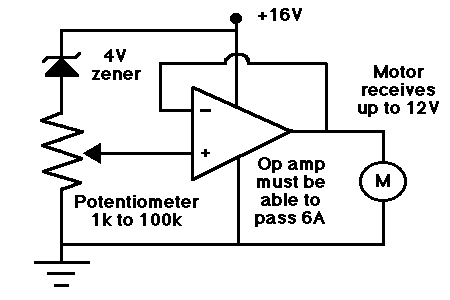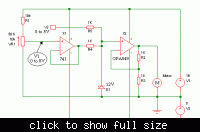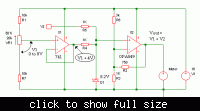hshah8970
Full Member level 2
Hello everyone. I'm designing a circuit using opamps to drive a DC motor. So far I've been using 3 DC supplies to power up the circuit: 2 supplies for the +Vcc and -Vcc of the opamps and one supply for the voltage input to the opamp.
I know there must be a way for me to provide all these different voltage levels through a single DC power supply. I found this informative article online that does the job but I wonder if the circuit suits my specifications: **broken link removed**
My requirements for the three voltage levels are:
1. +Vcc and -Vcc should have opposite signs and a difference of at least 8V between them, with +Vcc being equal to at least 9V.
2. The third voltage level should be a variable one because this is the one I will be using for control.
3. The DC supply being used will be set at its maximum value which is +16V. The minimum value is zero / ground.
4. The maximum current being delivered to the circuit will be 6A.
Assistance will be highly appreciated.
Humza.
I know there must be a way for me to provide all these different voltage levels through a single DC power supply. I found this informative article online that does the job but I wonder if the circuit suits my specifications: **broken link removed**
My requirements for the three voltage levels are:
1. +Vcc and -Vcc should have opposite signs and a difference of at least 8V between them, with +Vcc being equal to at least 9V.
2. The third voltage level should be a variable one because this is the one I will be using for control.
3. The DC supply being used will be set at its maximum value which is +16V. The minimum value is zero / ground.
4. The maximum current being delivered to the circuit will be 6A.
Assistance will be highly appreciated.
Humza.



